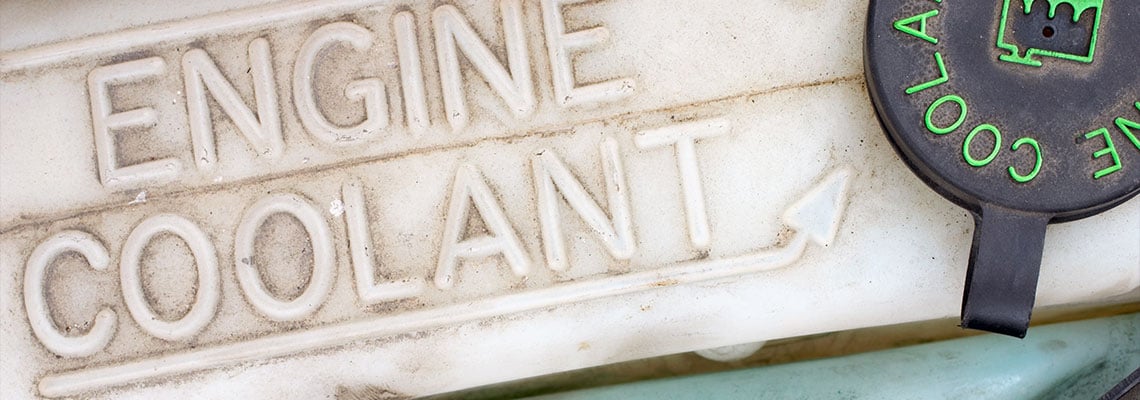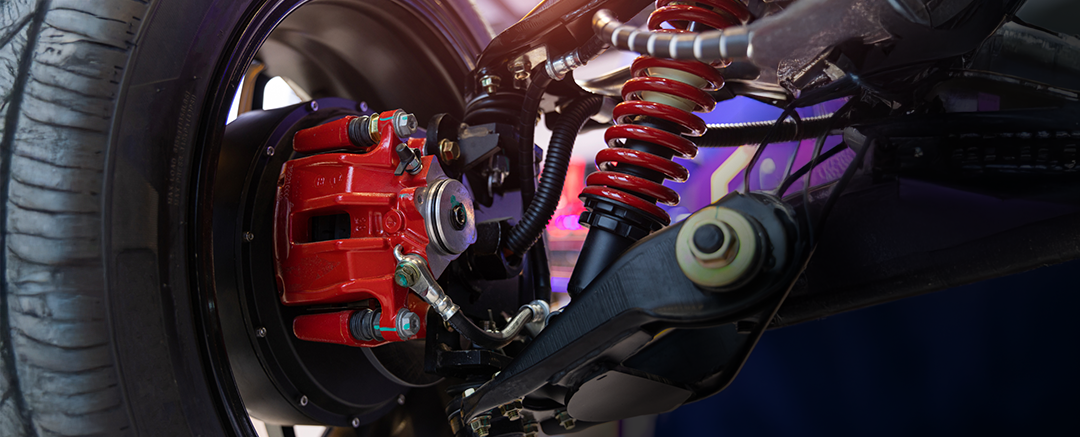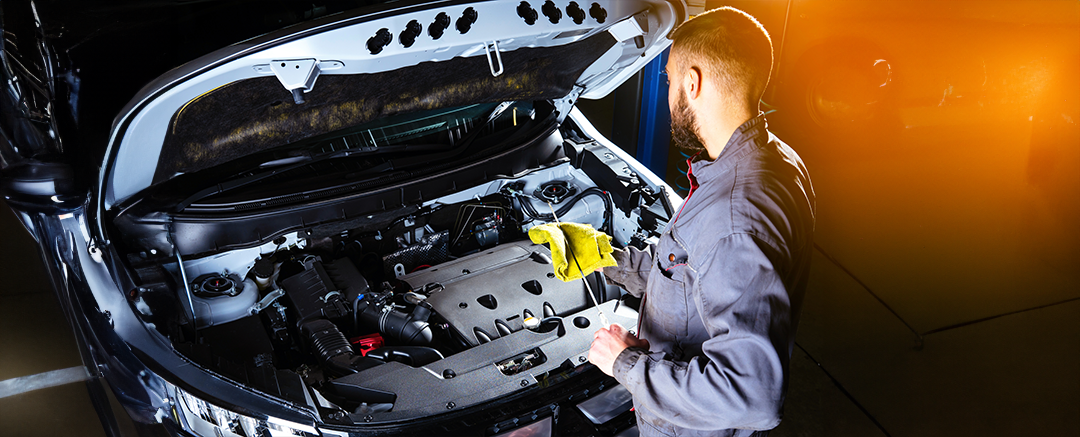For decades, the standard practice for the interval between oil changes was 3,000 miles. Your mechanic wrote it on the sticker fixed to the inside of your windshield, and as a responsible car owner, you made sure to schedule your next visit within that time frame.
But times change. Today’s cars can reliably go more than double that before they need an oil change. And it’s been that way for longer than you may think.
In 2010, the car site Edmunds.com published an article titled “Stop Changing Your Oil.” While experts never recommend doing away with oil changes, the bold headline served to debunk the outdated 3,000-mile myth.
“Americans spend millions on unnecessary oil changes that result in millions of gallons of contaminated waste oil,” the article stated.
What is the magic number of miles you can go between oil changes? In this blog post, we’ll explore factors that influence oil change frequency, why regular oil changes are important and how to tell when your car needs an oil change.
How Often Do Cars Need Oil Changes?
The 3,000-mile rule was simple because it offered a universal rule of thumb across vehicles. However, as engine technology and oil chemistry have evolved, the old rule has become less relevant.
The new standard for vehicles manufactured after 2006 falls between 5,000 and 7,500 miles for most vehicles and oil types. For some vehicles and high-performing oils, that number can reach up to 10,000 miles.
Factors that Influence Oil Change Frequency
Today, the recommended interval between oil changes varies based on a number of factors, including the type of vehicle, type of oil and your driving habits.
Vehicle age and technology. Older engines have less efficient oil circulation systems, which can cause the oil to degrade faster, leading to more frequent oil changes. Your car’s engine design is also a factor in oil change scheduling. High-performance or luxury vehicles may require more frequent oil changes or specific types of oil.
Oil type. There are three primary types of motor oil: conventional, synthetic-blend and full-synthetic.
- Conventional oil is derived from crude oil and undergoes refining and processing to enhance its performance and longevity. Older vehicles that use conventional oil may need a change closer to the 3,000-mile mark.
- Synthetic blends combine conventional oil with between 10% and 25% synthetic content.
- Full synthetic oil is made from chemical compounds designed to mimic conventional oil but with fewer impurities.
It's always a good idea to check your owner’s manual and consult with your mechanic to determine the best option for your car.
Driving conditions. Your owner’s manual will lay out a recommended schedule based on either normal or severe driving conditions.
- Normal. This applies to ideal driving conditions, such as longer trips on open highways. Under normal conditions, you can go 7,500 to 10,000 miles between changes.
- Severe. This category includes primarily short trips (five miles or fewer), driving in extremely hot, cold or dusty conditions, sustained stop-and-go traffic, or towing heavy loads. In these conditions, oil changes should occur more frequently.
Here’s a standard and severe schedule recommendation for a 2019 Hyundai Santa Fe.

Normal and severe are widely used terms, but according to the Autocare Association, they can be misleading, as about 80% of drivers actually fall into the severe driving condition category. This is especially true for drivers in cold climates who may encounter road salt during the winter months; we’re looking at you, Cleveland.
How to Determine Your Oil Change Schedule
A range is all well and good, but how do you know when your vehicle needs an oil change?
The first place to start is your user manual, which will lay out the recommended schedule. Many modern cars also have built-in oil monitoring systems that track the condition of your oil. Some are mileage-based, and others actually sense when the oil begins to degrade.
If there’s a discrepancy between your manual and monitor, it’s best to go with the lower number and have a qualified technician evaluate whether it’s time for a change.
Why Regular Oil Changes Are Important
It’s pretty conclusive that the 3,000-mile rule is a thing of the past, but that doesn’t mean you can skip out on oil changes altogether.
Clean oil has a direct effect on your engine performance and fuel efficiency. Fresh oil ensures all moving parts within the engine are properly lubricated, and friction levels are low, allowing everything to run smoothly. When oil is old or contaminated, the engine needs to work harder, leading to decreased efficiency. A smoothly operating engine also prevents wear and tear over time, extending the life of your vehicle.
Conversely, old oil can thicken into a sludge-like consistency, putting extra strain on all of your engine and car components. Over time, your engine could even seize up and stop working entirely. Once this happens, there’s no repairing it — you’ll be faced with a total engine replacement.
Scheduling regular full-service oil changes also means your car is getting a full inspection with every change. Your technician will also top off other fluids as needed, check your battery and tires, and make sure everything is in good working order.
Next time your oil monitor beeps or you notice the odometer roll over to the next 5,000- to 7,500-mile mark, search for your nearest Rainbow location for a quick, full-service oil change experience. Then get back on the road for a smooth and safe ride.















